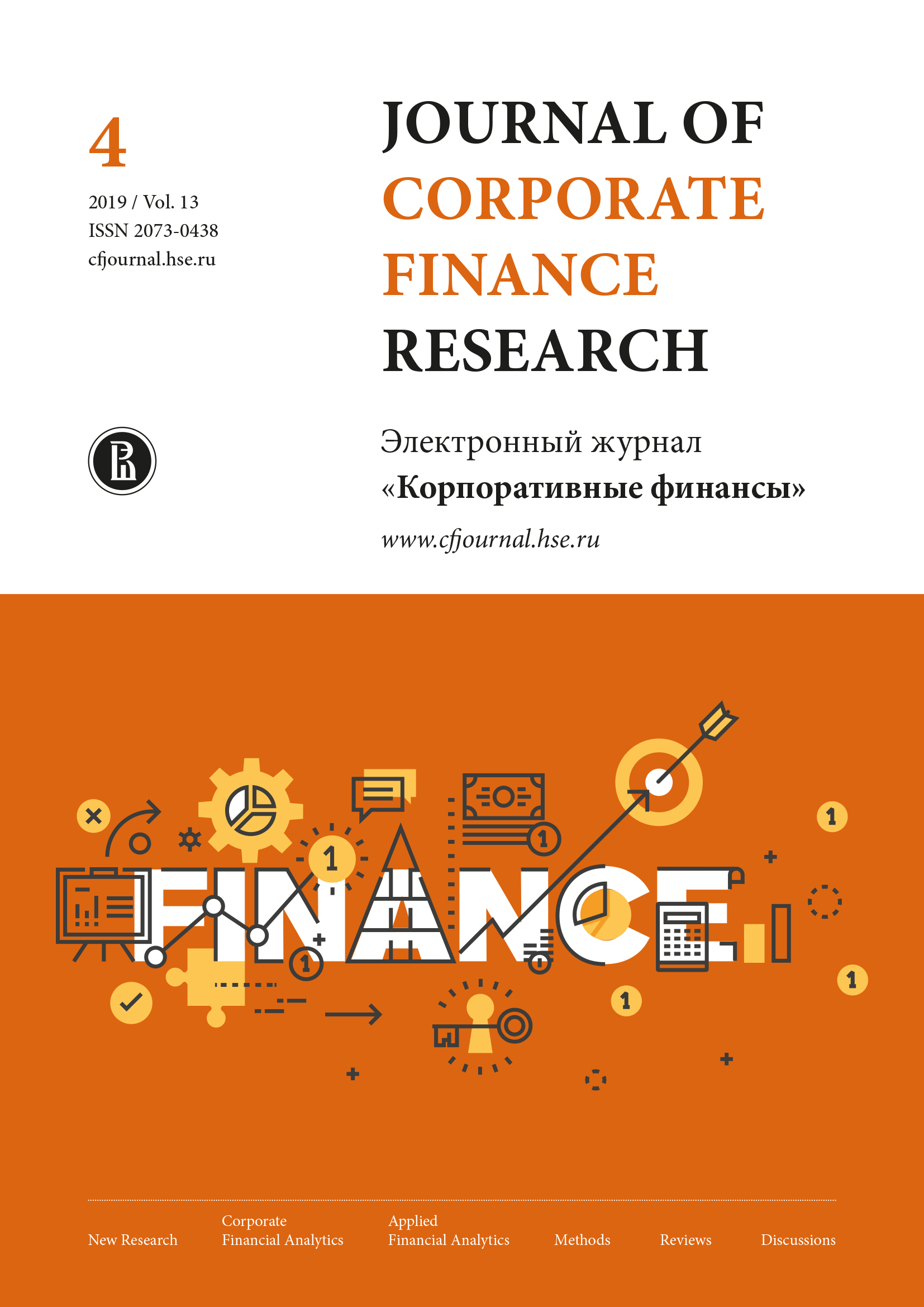Methods of Calculation of Expected Credit Losses Under Requirements of IFRS 9
Abstract
The most important area of work for financial market regulators, including the International Accounting Standards Board, is the clarification of the metrics of credit assessment. At the time of the financial crisis of 2008, credit losses on financial instruments were taken into account by the "loss model", and therefore, assets were recognised as financially impaired where credit quality deterioration and significant time lags were factors. However, since 1st January 2018, a new international financial reporting standard IFRS9 has been instituted.
IFRS 9 is based on a different approach — the principle of "expected credit losses" (ECL). This new business model radically changes the approach to the formation of reserves, including by taking into account the impact of macroeconomic indicators on their value. According to various estimates, the scale of increase in reserves ranges from 30% to 50%.
The purpose of this article is to systematise the methodological principles and approaches that underlie the requirements of IFRS 9, as well as to perform a comparison of the main methods for assessing the probability of default and expected credit losses. Additionally, a comparative assessment of the Weilbull distribution, Migration matrices, and Generator matrix models of the default probability assessment methods were performed in order to analyse the interrelations between analytical methodologies, and to further inform the evaluation.
In the framework of this article, we articulate and examine the criteria for the transfer of assets between the stages of credit risk. We also present finalised formulations of the principles for calculating expected credit risks for different assessment stages, illustrating how macroeconomic factors may be taken into account. Finally, we introduced relevant criteria for defining transfers of assets from stage to stage, and evaluated probability of default on the basis of extrapolation by the exponential curve method.
The novelty of this research is the value of our straightforward description of methodological principles of the IFRS 9. We offer practical solutions that promise to enhance banking practices. We not only present analyses of the fundamental methodologies inherent in the IFRS 9, but highlight the modes by which they intend to strengthen the banking system by increasing reserves and shoring up institutional reliability. The methodologies outlined herein can also be used to improve credit risk management models, and students of finance and theoretical economics will find useful breakdowns of the most salient information necessary to understanding this change in approach to credit assessment.

